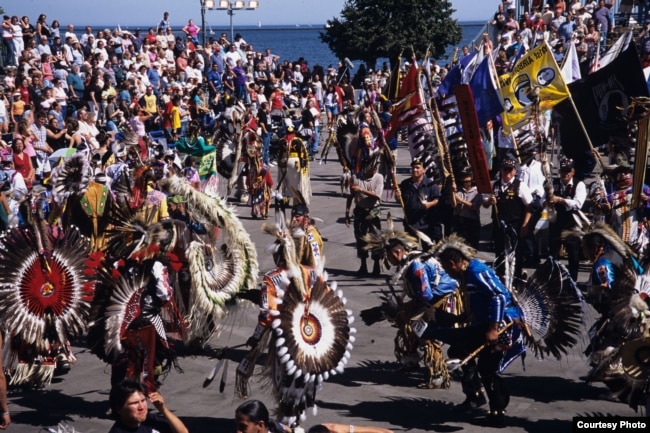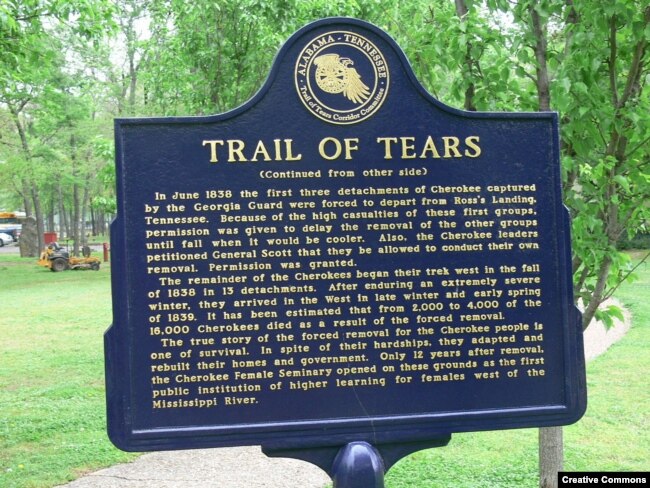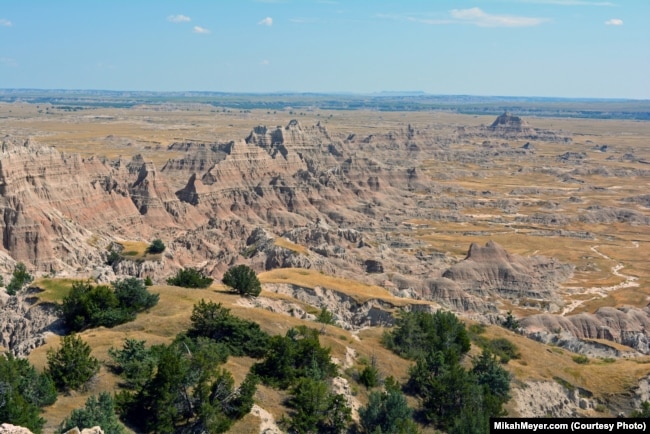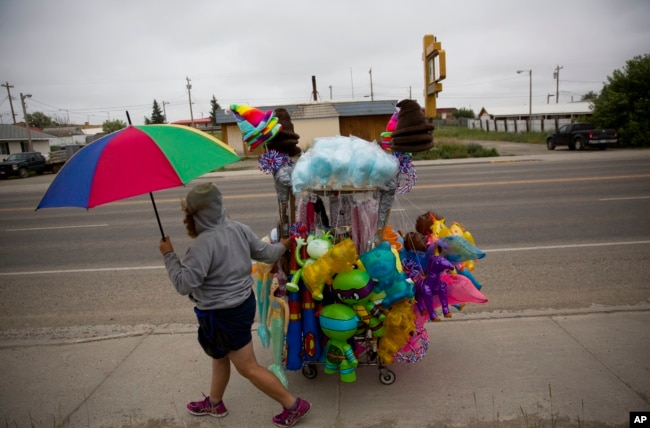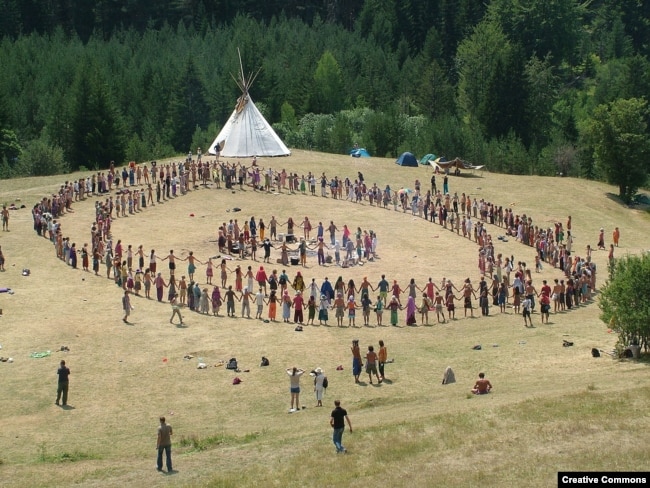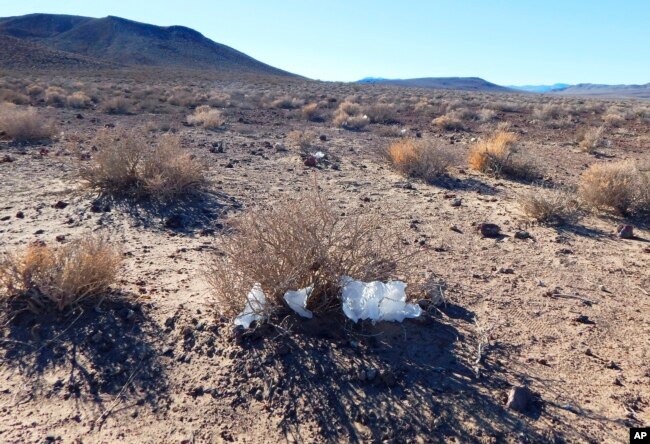Summer is fast approaching, and with it comes millions of vacationers from at home and abroad. Travel experts cite growing interest in Native American tourism, “authentic” cultural exchanges with tribes beyond gambling at tribal casinos, VOA News reports.
Native tourism can be beneficial to tribes, boosting economies, creating jobs and allowing Native communities to control their own historic narratives. But tourism has its drawbacks, and some tribes have found that pleasing tourists while maintaining their cultural identity can be challenging.
In 2016, the most recent year for which there are statistics, 1.95 million international tourists visited U.S. Indian reservations, supporting more than 44,000 jobs.
The American Indian Alaska Native Tourism Association (AIANTA), a national organization that helps Native American, Alaska Native and Native Hawaiian tribes and communities to advance tourism, projects the number of international visitors to U.S. reservations will rise to 2.4 million by 2020.
“People want to learn the real stories from the people who have lived them,” said AIANTA spokesperson Monica Poling. “So, rather than bringing in a non-Native tour guide to recount a history they don’t have an attachment to, our tribal members are involved in developing and crafting their own stories,” she said.
Some tribes, like the Cherokee Nation in Oklahoma, already have well-developed programs that include museums, cultural centers and guided tours to landmarks and historic sites. Cherokee National Day, an annual commemoration of the signing of the Cherokee’s Constitution in 1839, attracts as many as 100,000 visitors each year.
But others, particularly those located in poor, rural areas, are hard-pressed to meet tribe members’ needs, let alone build up tourism.
Ivan Sorbel, executive director of the Pine Ridge Area Chamber of Commerce, says the Pine Ridge Indian Reservation, home of the Oglala Lakota, has much to offer tourists: casinos, visitor centers, a heritage center dedicated to the arts, historic sites and incredible scenery.
“But we don’t have the infrastructure to support big numbers of visitors,” he said.“We have one motel and one casino hotel, but they offer limited beds and couldn’t accommodate large tour groups for overnight stays.”
Expanded tourism, he said, would also strain the reservation’s road system and water supply.
“But given the increasing interest in Native travel, we’re looking forward to growing this sector in the near future,” said Sorbel.
Contrived culture?
Tourism can sometimes have a negative impact on tribes. Some studies suggest that encounters between tribes and tourists may be too brief to significantly change non-Natives’ preconceived notions about American Indians.
Tribes may stage artificial culture by dressing up in inauthentic regalia, setting up tipis or passing off cheap souvenirs as “genuine” Native crafts.
“If the best you can do is to dress up and show visitors what people looked like 200 years ago, to my way of thinking you have already failed,” said Sara Mathuin, the owner of Go Native America, who for 20 years has conducted small tours in Indian Country for international visitors and says she has “seen it all.”
Many tourists, in her experience, developed an interest in Native Americans through the “New Age” movement.
“They choose what elements of the culture they like and meld it all together to create a religion that bears no resemblance whatsoever to the real Native America.”
A good tour, said Mathuin, focuses on human similarities, not human differences. Tourists are less likely to appropriate from those they’ve gotten to know personally.
Tourists sometimes cross boundaries or fail to show respect for their host cultures — crashing religious ceremonies, for example, or picking up artifacts.
“I have friends on Pine Ridge who say (some European tourists) don’t even bother to knock on front doors,” said Mathuin. “They just open the front door and say, ‘Can I have a look around?’”
Tourists can also wreak havoc on the environment and strain water and energy supplies.
Despite the potential drawbacks, Mathuin believes when done right, tourism can benefit tribes tremendously. And “doing it right” doesn’t require fancy facilities or play-acting.
“All it requires are people and knowledge,” she said. “In the end, it’s all about the stories.”

